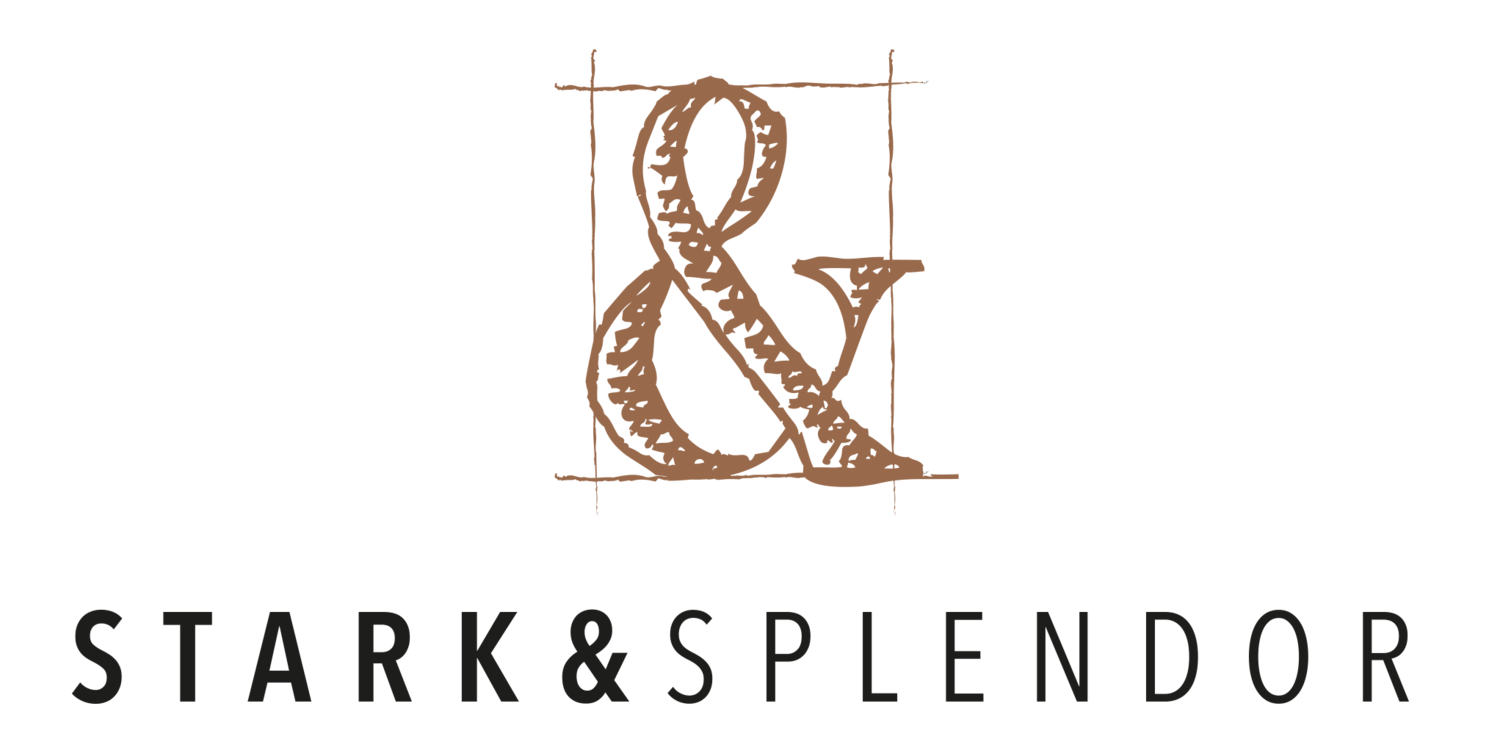A few weeks ago, I was delighted to learn about Reese Witherspoon's new southern lifestyle brand, Draper James, via PureWow. While my fashion preferences lean more towards modern silhouettes and bohemian touches, I was quite taken by the launch of this decidedly pretty and preppy brand. Reese and her team are doing a wonderful job of using brand language, savvy copywriting, and storytelling to carve out a solid positioning in the upscale women's sportswear category.
Draper James is a well-funded, celebrity-backed outfit, but that doesn't mean that you can't apply some of their swift branding moves to your own small business. To prove it, I've rounded-up four brand language ideas to inspire you straight from the Draper James playbook.
1. Get a clear brand essence.
Just a moment on the Draper James site is all it takes to capture what this brand is all about: a celebration of the South.
I consider a brand essence to be a punchy and powerful phrase that summarizes everything a brand stands in just a few words.
"Celebrating the South" seems to wink at you from every corner of the Draper James homepage -- from the monogrammed logo, to the sky and navy blue brand colors, to the "Grace and Charm" tag line, to the sweet tea in Reese's hand. Emblems of the American South are everywhere.
As if that weren't enough, the brand essence is also beautifully summarized on the About Us page. Check out these last two paragraphs.
Pinpointing a brand essence is one of the fundamental things I do with clients in Stark & Splendor's Articulation Intensive. The purpose of this processes is to give their brand a "north star." All branding and content decisions flow from there. It is a critical step to developing a strong brand, and Draper James has clearly nailed it.
Do you feel like your brand has a north star or essence? If not, consider what two-or-three-word phrase you might use to describe everything your business stands for.
2. Share a personal narrative.
While skimming through the website, you get the sense that Draper James is more than just another celebrity fashion project. Instead, you feel like it emanates from an authentic love and respect for the people, places, and customs of the South. How did Reese and her team manage this?
I think it has a lot to do with storytelling.
Reese's personal narrative on the About Us page lets us in on the inspiration for the brand -- her grandparents.
Through old portraits, cute family anecdotes, and a heartfelt video, Reese does a great job of telling the story of her romance with the South.
Check out the video here:
How can you use storytelling to inject heart and authenticity into your brand? Start with the "About Page" but don't limit yourself to that space only!
3. Use clever colloquialisms.
Try reading the Draper James site copy aloud without inserting your own coquettish drawl.
Betcha you can't!
That's because the brand's copywriters have done a wonderful job of using colloquial language to make us feel like we're a part of their big, happy Southern family.
Here's some examples of how Draper James has used informal language to infuse the brand with real grace and charm.
Notice, that using slang and colloquialisms doesn't mean sloppy copywriting or writing exactly how you speak. Instead, this style of writing borrows key phrases and imagery from spoken language to add meaning and emotion to otherwise polished copy.
Would using regional slang, a relaxed tone, or informal language help you better connect with your audience?
4. Give your audience reasons to believe.
WWD reports that 40% of Draper James' line is manufactured in the South. The company partners with artists and makers in Charleston and Savannah, amongst other Southern cities, to produce items such as homeware, silver and stationary. By doing so, Draper James shows that it's not just appropriating Southern culture, but it actually celebrates the South by investing in the economic and artistic vibrancy of the region.
This is a prime example of how branding has more to do with what companies do, then what they say. Draper James gives consumers a solid reason to believe the brand essence.
What can your business do, operationally and concretely, to live the brand essence? How can you better share what you are already doing with your audiences?
Now I'd love to hear from you. What brands are you crushing on these days? Who's doing a great job of using language and copywriting to elevate their brand?
In this post, I mention Stark & Splendor's Articulation Intensive. It is a first stop for clients that are fuzzy about what their brand stands for or how to communicate that to the world.
Are you confident that your brand has a unique and compelling identity? Do you have trouble talking about your services or products because you don't know the best words to use to communicate your uniqueness? Perhaps you have a logo and visual branding, but you still feel that your online presence is all over the place and you need clarity and consistency in your comms.
The Articulation Intensive addresses these common issues and so much more. It is ideal for small businesses, creative entrepreneurs, and consultants preparing to grow. Email me at steph@starkandsplendor.com for more information.















